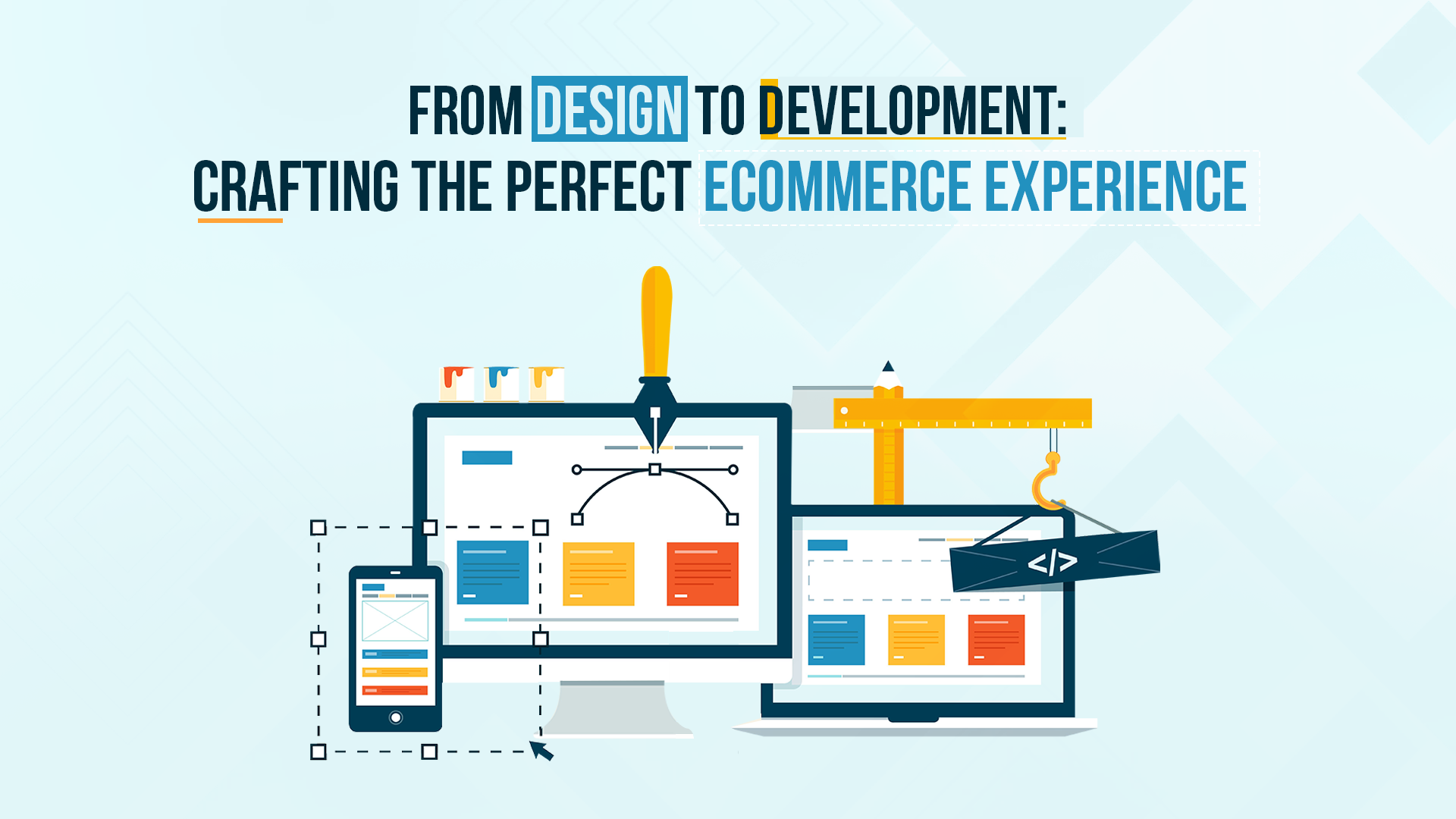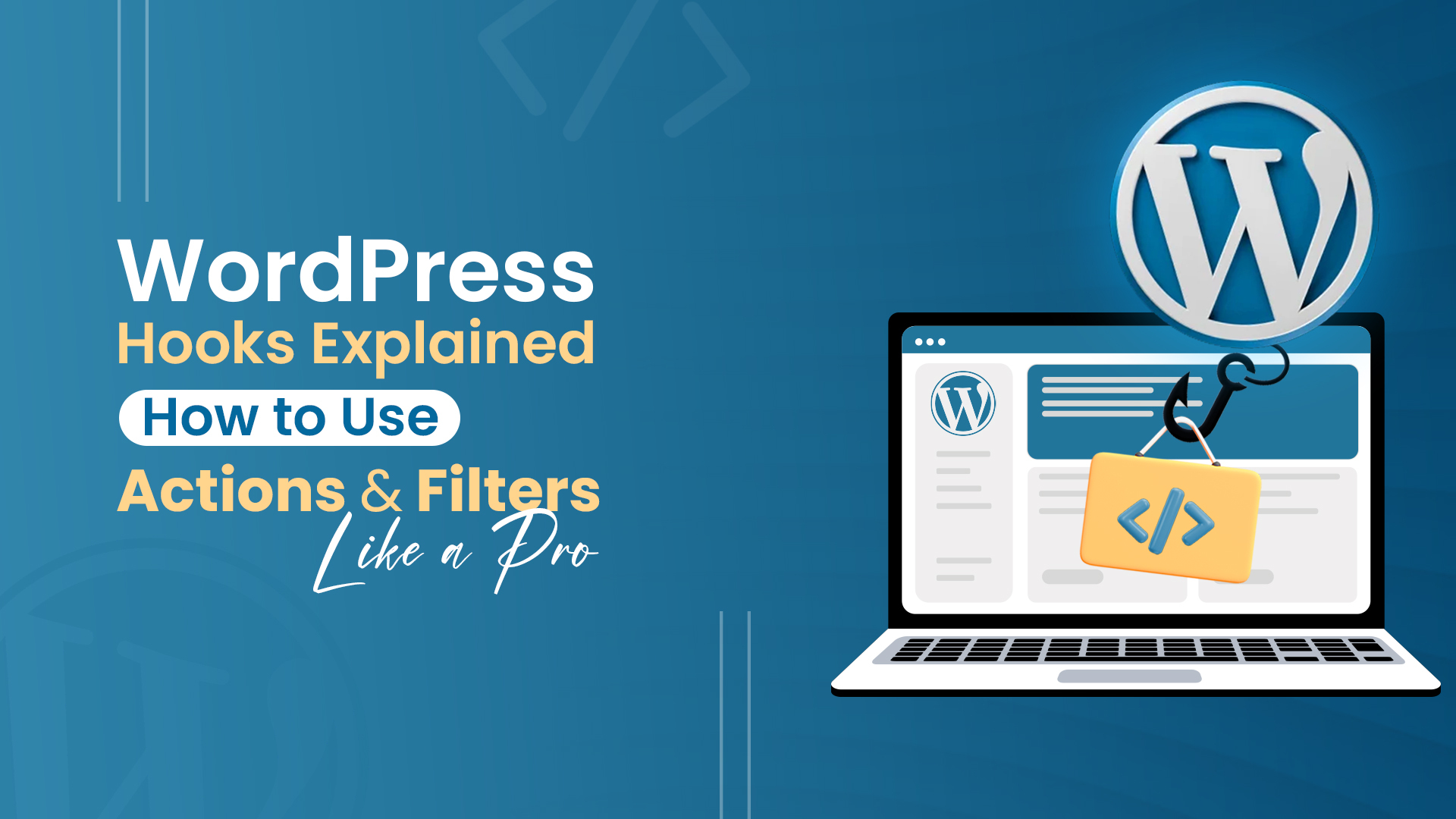A seamless eCommerce experience is not just a luxury—it’s a necessity. As online shopping continues to dominate, the ability to offer a smooth, intuitive, and enjoyable shopping journey can make or break a business. From the moment a user lands on your site to the final checkout, every interaction must be carefully crafted to meet user expectations and drive conversions.
Achieving a successful eCommerce website involves more than just listing products online. It requires a strategic approach that encompasses five key components: Design, Development, Integration, Optimization, and Security. Each of these elements plays a crucial role in ensuring that your eCommerce site not only attracts visitors but also converts them into loyal customers. This article delves into the first and most foundational of these components—Design, specifically focusing on User Experience (UX) Design.
Design
Design is the cornerstone of a successful eCommerce experience, setting the tone for user interaction with your website. It significantly impacts customer satisfaction and conversion rates. An effective eCommerce design blends User Experience (UX) and User Interface (UI) principles, tailored to create a seamless and engaging online shopping journey.
User Experience (UX) Design
User Experience (UX) Design focuses on the overall feel and usability of your eCommerce site. It ensures that visitors can easily navigate your site, find products, and complete purchases with minimal friction.
Here are key aspects to consider:
‒User Research: Conduct thorough research to understand your target audience’s needs and behaviors. This insight informs design decisions, ensuring your site meets user expectations.
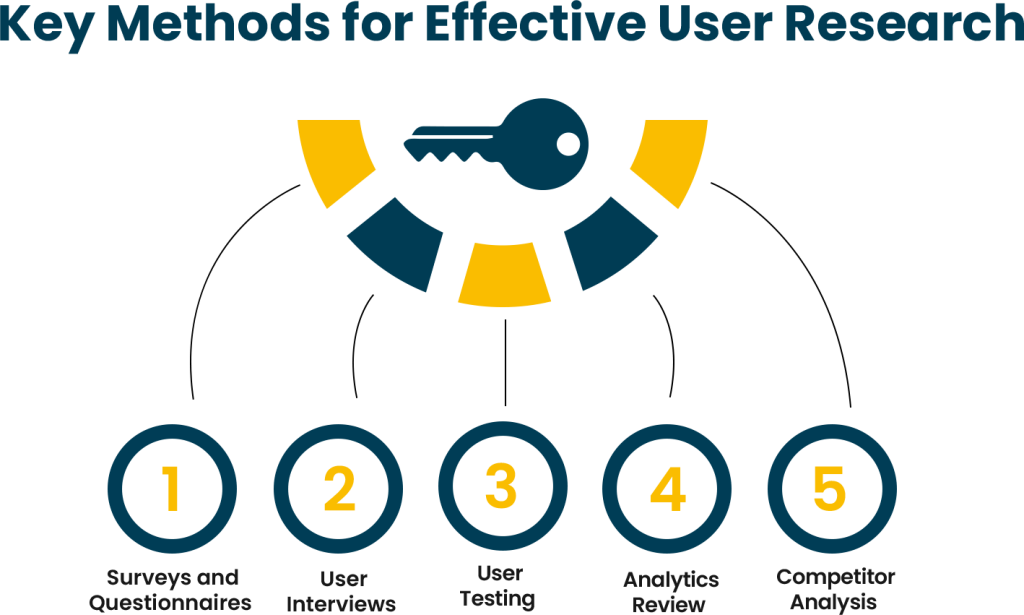
Information Architecture: Organize content logically, making it easier for users to find what they’re looking for. Clear navigation menus and intuitive product categorization are essential.
‒Interaction Design: Enhance user interactions with your site by focusing on buttons, forms, and transitions. Effective interaction design improves usability and overall shopping enjoyment.
‒Visual Design: Incorporate a visually appealing design that establishes brand identity through layout, color schemes, typography, and imagery. This creates a positive first impression.
‒Usability Testing: Regularly test your site to identify potential user journey issues. Data-driven improvements will ensure your design remains user-friendly and efficient.
User Interface (UI) Design
While UX focuses on usability, User Interface (UI) Design deals with the look and feel of your eCommerce site.
Key elements include:
‒Layout and Visibility: An effective layout strategically places key elements like product listings and call-to-action buttons for maximum visibility.
‒Typography and Readability: Use clear, readable typography to enhance user experience. Consistent font choices contribute to a cohesive appearance.
‒Color Palette and Emotional Impact: Choose a color palette that aligns with your brand identity and influences user emotions while ensuring readability.
‒Imagery Quality: High-quality imagery, including product photos and banners, engages users and effectively showcases products. Ensure visual content loads quickly without compromising quality.
‒Responsive Design: With mobile shopping on the rise, responsive design is crucial. Your eCommerce site should adapt to various devices and screen sizes for a consistent experience.
Read our blog on Best Practices for Implementing UI Design Patterns here.
Development
The development phase is critical for transforming your design vision into a functional, efficient, and scalable online store. This phase includes both Frontend and Backend Development.
Frontend Development
Frontend Development focuses on the client-side of your eCommerce site—the elements users see and interact with directly. It involves translating design elements into a fully functional website using various technologies.
‒HTML (HyperText Markup Language): The backbone of your site, HTML structures content and defines elements like headings and links, ensuring accessibility.
‒CSS (Cascading Style Sheets): CSS controls the visual presentation, enhancing aesthetic appeal and responsiveness through layout, colors, fonts, and spacing.
‒JavaScript: This adds interactivity, enabling features like dynamic product filters and interactive galleries, making the site more engaging.
‒Frameworks: Tools like React, Angular, and Vue streamline development, providing reusable components and efficient state management.
Backend Development
Backend Development manages the server-side logic, data, and database interactions that keep your site functional behind the scenes.
Essential elements include:
‒Programming Languages: Options like Python, Ruby, PHP, and Node.js build the server-side logic, each offering unique features for eCommerce development.
‒Databases: MySQL, PostgreSQL, and MongoDB store and manage critical information, ensuring performance and scalability.
‒E-commerce Platforms: Platforms like Shopify, Magento, and WooCommerce simplify the development process by offering pre-built solutions and customizable features.
‒APIs: Application Programming Interfaces enable communication between different software systems, allowing integration with payment gateways and shipping services.
Core E-commerce Functionality
E-commerce functionality is the backbone of any successful online store, driving the shopping experience from browsing to purchase.
Essential features include:
‒Product Catalog: Organize product descriptions, images, pricing, and categorization for easy browsing and searching.
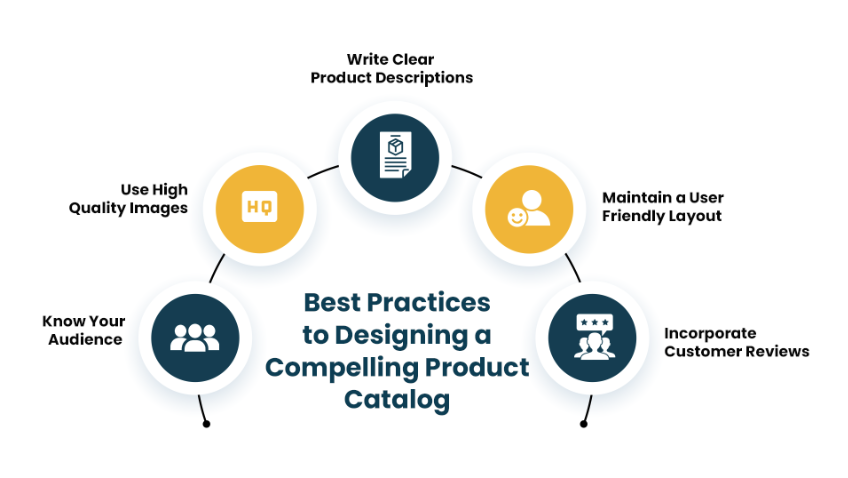
Shopping Cart: Enable customers to add items and review selections before checkout. Ensure it is user-friendly and accessible from all pages.
‒Checkout Process: Streamline the checkout process to reduce cart abandonment. Provide options for guest checkout and multiple payment methods, with clear instructions.
‒Payment Gateway Integration: Ensure secure transactions by integrating reliable payment gateways like PayPal, Stripe, and Square.
‒Inventory Management: Track stock levels and automate reordering to meet customer demand and avoid overselling.
‒Order Processing and Shipping: Efficiently manage order fulfillment and integrate with shipping carriers for real-time tracking and updates.
Integration
Integration is the key to creating a cohesive and efficient eCommerce ecosystem. By connecting various tools and platforms, businesses can enhance user experience, streamline operations, and drive better results. This section explores how integrating marketing, payment, shipping, and customer relationship management (CRM) systems can create a seamless shopping experience for both the business and its customers.
Marketing Integration
SEO and SEM:
Search Engine Optimization (SEO) and Search Engine Marketing (SEM) are critical components of an eCommerce strategy. SEO involves optimizing your website’s content, structure, and performance to improve organic search rankings. This includes keyword optimization, meta tags, mobile optimization, and ensuring fast load times. SEM focuses on paid search campaigns, such as Google Ads, to drive targeted traffic to your site.
Email Marketing:
Email marketing remains one of the most effective ways to engage customers and drive repeat business. By integrating email marketing platforms with your eCommerce site, you can automate personalized campaigns based on customer behavior, such as abandoned cart reminders, product recommendations, and special offers. Segmented email lists and targeted messaging help nurture customer relationships and boost conversion rates.
Social Media Marketing:
Leveraging social media platforms like Facebook, Instagram, and Twitter is essential for driving traffic, building brand awareness, and increasing sales. Integrating social media with your eCommerce platform allows for seamless sharing of products, social shopping, and customer engagement. Features like shoppable posts, social media ads, and influencer partnerships can significantly enhance your marketing efforts.
Analytics:
Data-driven decisions are crucial for the success of an eCommerce business. By integrating analytics tools like Google Analytics, you can track key performance metrics such as traffic sources, user behavior, conversion rates, and ROI. This data helps optimize marketing strategies, improve user experience, and make informed business decisions. Advanced analytics can also provide insights into customer preferences, enabling more personalized marketing efforts that resonate with your audience.
Payment Integration
Credit Card Processing:
Secure and efficient credit card processing is essential for any eCommerce site. Integrating with reliable payment processors ensures that transactions are handled smoothly and securely. Payment integration should support various card types, provide real-time authorization, and comply with security standards like PCI-DSS to protect customer data and build trust.
Digital Wallets:
As digital wallets like Apple Pay, Google Wallet, and PayPal gain popularity, offering these modern payment options can enhance customer convenience and satisfaction. Integrating digital wallets into your eCommerce site allows for quick, one-click payments, reducing friction in the checkout process and potentially increasing conversion rates.
Payment Gateways:
A payment gateway is the bridge between your eCommerce site and the payment processor, enabling secure transaction processing. Integrating reliable payment gateways like Stripe, PayPal, or Square allows for diverse payment methods, including credit cards, digital wallets, and bank transfers. A seamless payment integration reduces the likelihood of cart abandonment and ensures a smooth checkout experience for customers.
Shipping Integration
Shipping Carriers:
Partnering with reliable shipping carriers like FedEx, UPS, or DHL is crucial for timely and safe delivery of products. Integrating your eCommerce site with these carriers allows for real-time shipping updates, streamlined order fulfillment, and efficient returns management. A strong shipping partnership enhances customer satisfaction and encourages repeat purchases.
Real-time Shipping Rates:
Displaying accurate and real-time shipping rates during checkout helps manage customer expectations and reduce cart abandonment. By integrating real-time shipping rate calculators, customers can see the exact shipping costs based on their location and preferred delivery method. This transparency builds trust and can lead to higher conversion rates.
Order Tracking:
Providing customers with real-time updates on their orders is a key aspect of customer service. Integrating order tracking into your eCommerce platform allows customers to monitor the status of their shipments from dispatch to delivery. This not only enhances the customer experience but also reduces the burden on customer support by minimizing inquiries about order status.
Customer Relationship Management (CRM) Integration
Customer Data Management:
Effective customer data management is essential for personalized marketing and improving customer relationships. Integrating a CRM system with your eCommerce site allows for centralized storage of customer information, including purchase history, preferences, and interactions. This data can be used to segment customers, tailor marketing campaigns, and provide personalized recommendations, ultimately leading to increased customer loyalty and sales.
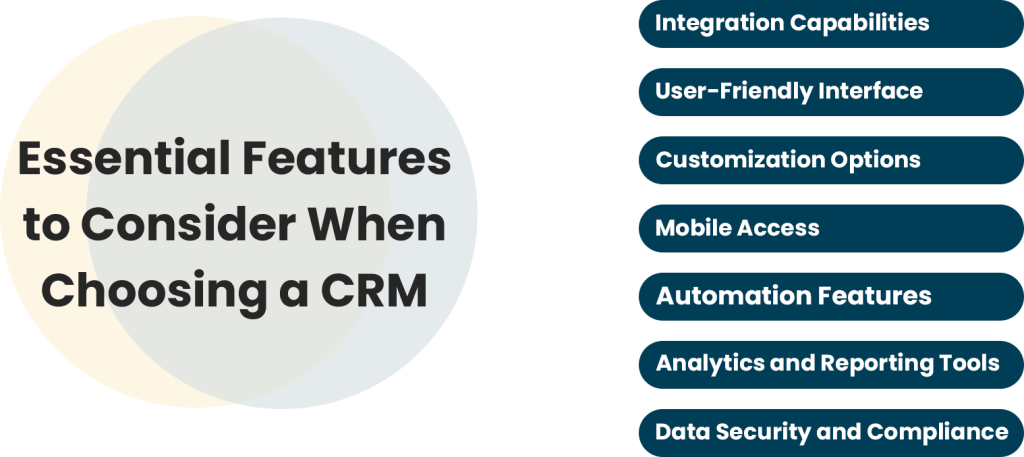
Sales and Marketing Automation:
CRM integration also enables sales and marketing automation, streamlining processes such as lead nurturing, email campaigns, and customer follow-ups. Automation tools can trigger actions based on customer behavior, such as sending a discount code to a customer who has abandoned their cart or following up with a personalized product recommendation. This level of automation saves time and ensures consistent and targeted customer engagement.
Optimization
Optimization is a pivotal phase in eCommerce development that focuses on improving site performance, boosting conversion rates, and ensuring a seamless user experience across all devices. A well-optimized eCommerce site not only performs better in search engine rankings but also provides a superior user experience, leading to higher customer satisfaction and increased sales.
Performance Optimization
Page Load Speed:
Page load speed is crucial for both user experience and SEO rankings. Slow-loading pages can lead to higher bounce rates, lower conversions, and diminished search engine visibility. To enhance load times, implement strategies such as minimizing HTTP requests, enabling browser caching, and using Content Delivery Networks (CDNs) for efficient content distribution. Additionally, reducing server response time and optimizing website performance can significantly improve user engagement, leading to increased conversions.
Image and Code Optimization:
Images typically account for a substantial portion of a webpage’s load time. Optimize images by compressing file sizes, using appropriate formats (like WebP for faster loading), and implementing lazy loading to defer the loading of images until they are in the viewport. Similarly, optimize your code by minimizing CSS, JavaScript, and HTML files. Remove unnecessary code and leverage asynchronous loading to ensure resources are loaded only as needed. These enhancements contribute to a faster, more efficient website, critical for maintaining user engagement and improving search engine rankings.
Conversion Rate Optimization (CRO)
A/B Testing:
A/B testing, also known as split testing, compares two versions of a webpage or element to determine which performs better regarding conversion rates. By testing variations of key elements—such as headlines, calls-to-action (CTAs), images, and layouts—businesses can identify what resonates most with their audience. Regular A/B testing allows for continual refinement of the site’s design and content, leading to higher conversion rates and increased revenue.
Heatmaps and User Behavior Analysis:
Heatmaps visually represent user interaction on a website, showing where visitors click, scroll, and spend the most time. Analyzing heatmaps and other user behavior data provides valuable insights into how users navigate the site. Understanding user behavior enables data-driven decisions that optimize layout, content placement, and overall user experience. Adjustments based on user behavior analysis can improve engagement, reduce bounce rates, and enhance conversions.
Mobile Optimization
Responsive Design:
With a significant portion of online shopping conducted on mobile devices, responsive design is essential. This approach ensures that your eCommerce site automatically adjusts to fit different screen sizes, providing a seamless experience across desktops, tablets, and smartphones. Not only does this improve user experience, but it also boosts SEO, as search engines prioritize mobile-friendly sites in their rankings.
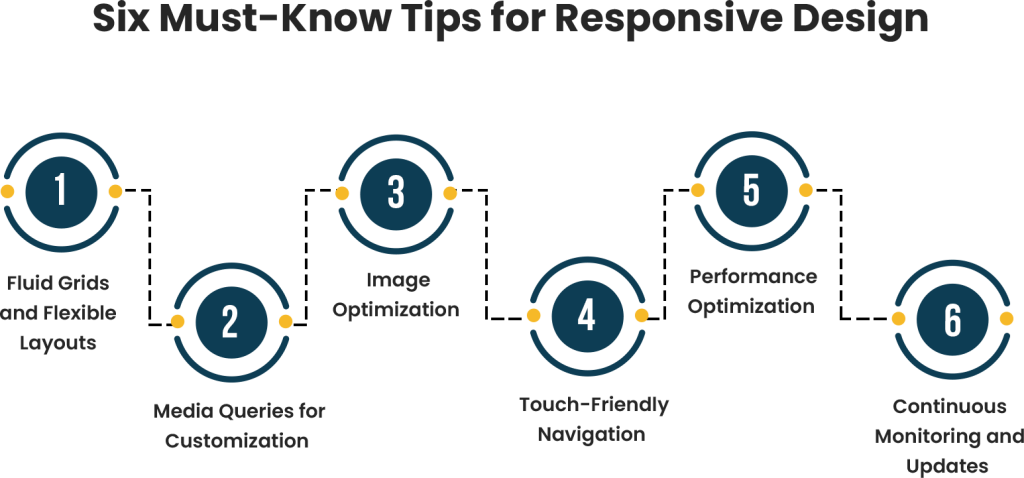
Mobile-First Approach:
A mobile-first approach involves designing and developing the mobile version of the website before scaling it for larger screens. This strategy prioritizes the most critical elements and features optimized for mobile users, who often have different needs and behaviors than desktop users. By focusing on mobile design and functionality, businesses can cater to the growing number of mobile shoppers, resulting in higher engagement and conversions.
Mobile App Development (Optional):
For businesses looking to extend their eCommerce experience beyond the web, mobile app development offers a powerful way to engage customers. A dedicated mobile app provides a personalized and streamlined shopping experience, featuring capabilities like push notifications, offline access, and faster load times. Mobile apps can also enhance customer loyalty through reward programs and exclusive offers. While optional, developing a mobile app can be a strategic move for businesses aiming to build a robust mobile presence and foster long-term customer relationships.
Security
In the eCommerce landscape, security is one of the most critical factors for success. A secure website not only builds customer trust but also ensures compliance with legal and industry standards. Implementing robust eCommerce security measures is essential for protecting sensitive customer data, preventing fraud, and safeguarding your business against cyber threats.
Data Security:
Protecting customer information is vital for building trust and meeting privacy regulations. Utilize encryption methods, such as SSL (Secure Sockets Layer), to encrypt data transmitted between your website and customers. This protects sensitive information during transmission, ensuring that it remains confidential. Additionally, implement data protection protocols and ensure compliance with regulations like GDPR and CCPA to safeguard customer privacy. Regular security audits and vulnerability assessments further bolster your data security strategy.
Payment Security:
Ensuring secure payment processing is critical for preventing fraud and maintaining customer confidence. Integrate secure payment gateways that comply with PCI DSS (Payment Card Industry Data Security Standard). These gateways provide a secure channel for processing transactions, protecting customer payment details from potential breaches. Use advanced fraud detection tools to monitor and block suspicious transactions in real-time. Additionally, techniques like tokenization and encryption of payment details enhance transaction security, further safeguarding customer information.
Website Security:
Your eCommerce site must be protected from various cyber threats, including DDoS attacks, malware, and hacking attempts. Regularly update your site’s software, plugins, and themes to patch vulnerabilities and minimize security risks. Implement firewalls, anti-malware tools, and web application firewalls (WAF) to prevent attacks and secure your website’s infrastructure. Enabling two-factor authentication (2FA) for both users and administrators adds an extra layer of protection, making unauthorized access more challenging.
Additional Considerations
When designing and developing an eCommerce website, several additional factors can elevate your site’s overall performance and customer satisfaction:
Accessibility:
Ensure your website is accessible to all users, including those with disabilities. Implement features like screen reader compatibility, alt text for images, and keyboard navigation. Adhering to accessibility guidelines, such as the Web Content Accessibility Guidelines (WCAG), not only promotes inclusivity but can also improve your site’s SEO.
Personalization:
Personalizing the shopping experience based on user preferences and behavior can significantly enhance customer engagement and drive conversions. Leverage data-driven insights to tailor product recommendations, create personalized marketing messages, and offer individualized promotions that resonate with each customer. This tailored approach fosters a deeper connection with customers, increasing loyalty and repeat purchases.
Customer Support:
A responsive and efficient customer support system is essential for addressing inquiries and resolving issues. Provide multiple support channels, such as live chat, email, and phone, to assist customers throughout their shopping journey. Offering FAQs and self-help resources can also reduce the need for direct support and enhance the user experience.
Analytics and Reporting:
Tracking key performance metrics is essential for understanding your eCommerce site’s success and identifying areas for improvement. Use tools like Google Analytics to monitor traffic, conversion rates, and user behavior. Regularly analyze data to make informed decisions, optimizing your site for better performance and enhanced user satisfaction.
Conclusion
Crafting the perfect eCommerce experience requires a strategic blend of design, development, integration, optimization, and security. Each of these elements plays a crucial role in ensuring that your site not only attracts visitors but converts them into loyal customers. By focusing on user experience, seamless integration with tools and platforms, and ongoing performance optimization, businesses can stay competitive in the evolving digital landscape. Prioritizing security, personalization, and accessibility further enhances customer trust and satisfaction, laying the foundation for long-term success in eCommerce.
